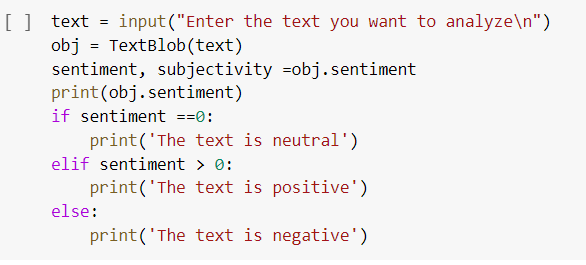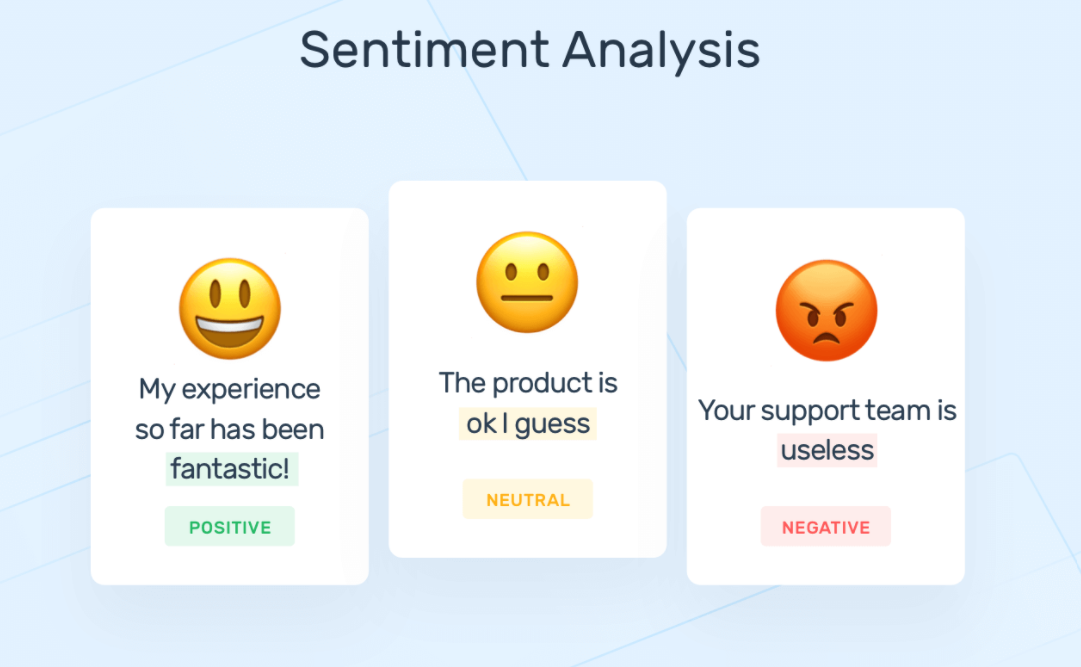We human beings have only speech as a medium to connect with people and describe ourselves, our emotions, and our sentiments. Nowadays we are teaching all the machines how to detect the sentiments and emotions of humans. Humans are species who have feelings and they know how to express them but machines don’t have such things, for this we are going to explain to them all the feelings via implementing codes in them. Today I am going to tell you how to write the code of Sentiment Detection through Text in machine learning and artificial intelligence.
Our future world is all about Artificial Intelligence (AI) and Machine Learning (ML), and for this, we need to teach all the AIML platforms how humans work, what humans express, what are feelings, etc.
Everything in the virtual world is based on algorithms. All Artificial Intelligence (AI) and Machine Learning (ML) work on high-level algorithms to detect or work on a particular thing. Here we are going to recite the code of sentimental detection. In this code, we are going to detect the sentiment of humans by the text itself. The output will be based on positive, negative, or neutral responses.
Step 1: Import a python package NLTK. The abbreviation NLTK defines it as Natural Language Toolkit. This package is used to work with human language data.
![]()
Step 2: Now we are going to import TextBlob and Word from the python package textblob. It is a python library. With the help of this library, we are going to process all the data that are in text form and in word form.

Step 3: Now comes the main command line. The first code line defines the inputs and the first line that has to be showcased in the output. Here we are having our first line as “Enter the text you want to analyze”.The second code line processes all the text from TextBlob and then subjects all the three possible sentiments like positive, negative, or neutral. We are going to give conditions here. Likewise, if the sentiment is equal to zero we are going to have a neutral output if the sentiment is greater than zero then positive, and in the end, if the sentiment is less than zero then negative.

Outputs:


Read More: How to use mobile AR by PlugXr?





